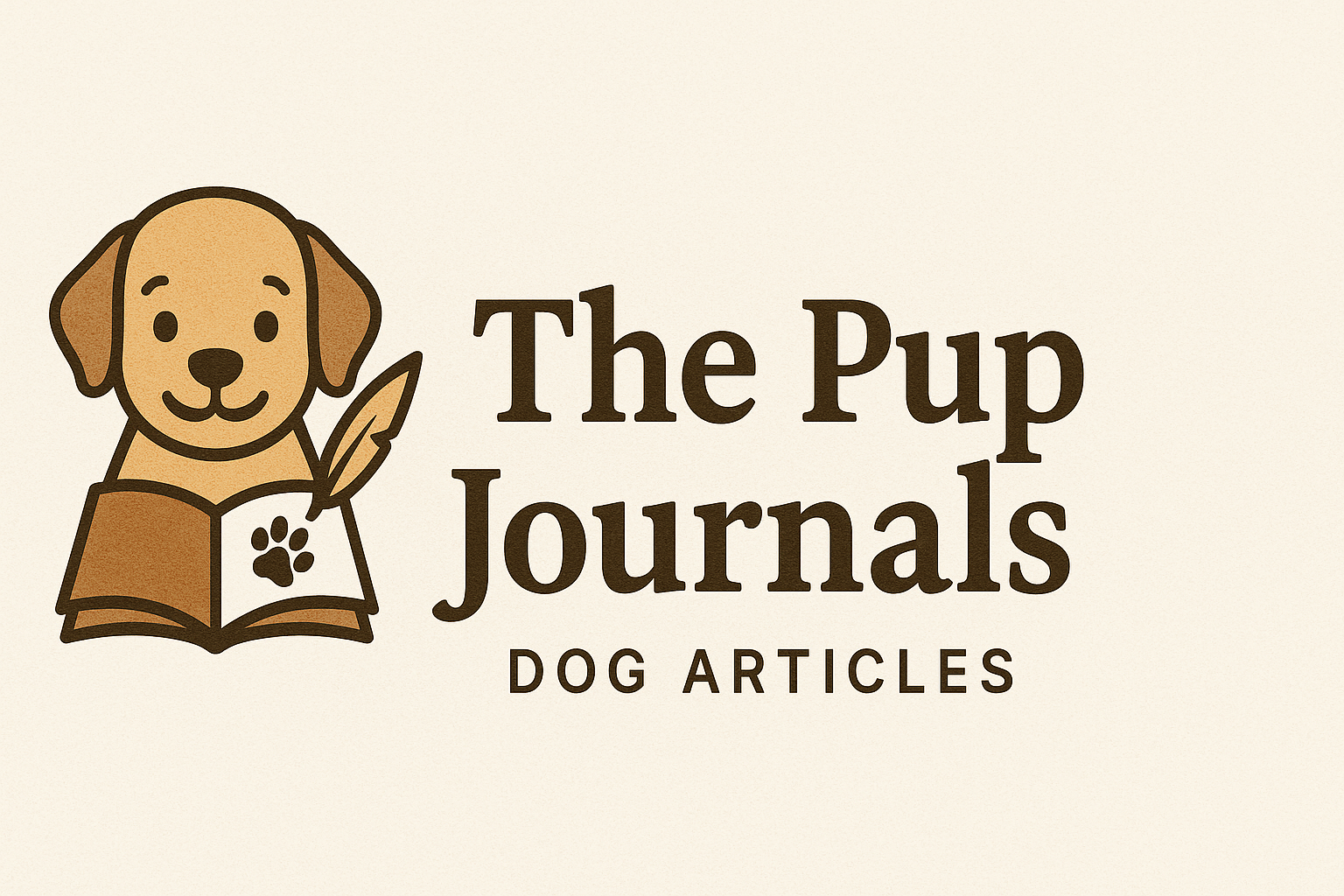
Table of contents
When you think about what dogs ate before the rise of commercial kibble, you probably picture wolves tearing into raw prey out in the wild. That “back-to-nature” vision is exactly what fuels the raw food diet movement for dogs, sometimes called BARF (Biologically Appropriate Raw Food or Bones And Raw Food).
What Is a Raw Food Diet, Really?
At its core, a raw food diet aims to replicate the ancestral canine meal plan: uncooked meats, edible bones, organs, and a small selection of fruits and veggies. Advocates argue that processed foods strip away natural enzymes and nutrients, contributing to allergies, dental disease, and obesity. A “complete” raw diet typically includes:
- Muscle meat (chicken, beef, turkey, lamb, or fish)
- Raw meaty bones (chicken necks, wings, or whole rabbit)—never cooked, as cooking makes bones brittle
- Organ meats (liver, kidney, spleen) for vitamins and minerals
- A small amount of produce (pumpkin, carrots, apples) for fiber and phytonutrients
- Supplements (fish oil, kelp, or bone meal) to balance calcium, phosphorus, and essential fats
Instead of kibble’s “all-in-one” formula, raw feeders build meals from scratch, adjusting ratios to match each dog’s size, breed, age, and activity level.
Potential Benefits
- Improved Digestion and Smaller Stools
Raw food is highly digestible. Since you’re feeding real meat and bones, dogs often eliminate less waste—and what they do produce tends to be firmer and less smelly. - Shinier Coats and Healthier Skin
The natural fats and omega-3s found in raw meats and fish oil can lead to lusher, glossier fur and reduced itching or dryness. - Cleaner Teeth and Fresher Breath
Chewing raw meaty bones scrapes away plaque buildup. Many raw feeders see reduced need for professional dental cleanings. - More Energy and Leaner Muscle
Without fillers like corn or soy, dogs may maintain a leaner physique. Some owners notice a boost in vitality, especially in active or working breeds. - Allergy Relief
By eliminating unknown additives, artificial preservatives, and common allergens, some dogs experience fewer food-related skin or gut issues.
Potential Risks and Concerns
- Bacterial Contamination
Raw meats can harbor Salmonella or E. coli. Proper handling—freezing until use, thawing in the fridge, disinfecting prep surfaces—is essential to keep both pets and humans safe. - Nutritional Imbalances
Getting the ratios of muscle meat, organs, bone, and produce just right is tricky. Too much bone can cause constipation or skeletal issues; too little leads to deficiencies. Consulting a veterinary nutritionist or using a vetted commercial raw diet can help ensure balance. - Choking and Gastrointestinal Injury
Whole bones carry a risk of splintering or causing blockages. Always choose appropriately sized bones (e.g., chicken necks for small dogs, turkey necks for medium breeds) and supervise chewing sessions. - Cost and Convenience
Raw feeding generally costs more per pound than kibble and requires extra fridge or freezer space. You’ll spend more time sourcing quality meats, portioning meals, and cleaning up. - Not Ideal for All Dogs
Puppies with developing digestive systems, olders with weakened immunity, and dogs with compromised pancreases may not tolerate raw diets well. Pregnant or nursing dogs also have elevated nutritional needs that can be tricky to meet with DIY recipes.
Getting Started: A Step-by-Step Guide
If you decide to try raw feeding, follow these steps to minimize risks and set both you and your pup up for success:
Do Your Homework
Read up on raw diet philosophies and recipes. Websites like Raw Feeding Veterinary Society (RFVS) and books by respected veterinary nutritionists can give you solid starting points.
Choose Between DIY and Pre-Made
DIY approach gives you full control over ingredients but demands precise recipes and supplementation.
Commercial raw diets (frozen or freeze-dried) offer convenience and scientifically balanced formulas; look for brands with AAFCO statements and veterinary endorsements.
Introduce Slowly
Don’t switch cold turkey. Start by mixing 25% raw food into your dog’s regular diet and gradually increase the ratio over 7–10 days. Watch for loose stools, vomiting, or decreased appetite, and adjust as needed.
Maintain Spotless Hygiene
Store safely. Keep raw meat in sealed containers on the bottom fridge shelf to prevent drips.
Prep precisely. Use dedicated cutting boards and utensils. Wash hands, surfaces, and bowls thoroughly with hot, soapy water.
Serve fresh. Thaw in the refrigerator, never at room temperature. Discard any leftovers after an hour.
Monitor and Adjust
Track your dog’s weight, coat condition, stool quality, and energy levels. Keep a feeding journal to spot trends and tweak recipes. Annual bloodwork can reveal hidden deficiencies or imbalances.
Supplement Wisely
Common additions include fish oil for omega-3s, kelp for trace minerals, and bone meal or calcium powder if your recipe skews low on bones. Avoid random vitamin pills—aim for targeted, research-backed supplements.
Is It Worth the Effort?
Raw feeding isn’t for everyone. It demands time, money, and attention to detail. But for devoted dog parents whose pups thrive on the diet, the rewards can be undeniable: smaller, less smelly stools; gleaming coats; improved dental health; and a bounce-in-their-step attitude.
Before making any major dietary change, have an open conversation with your veterinarian—ideally one versed in nutrition. They can help you weigh the pros and cons, recommend reliable recipes or brands, and guide you through safe transitions.
Conclusion
Switching to a raw food diet can feel like a leap of faith. But with proper research, veterinary input, and meticulous planning, it can offer your dog a more natural, nutrient-dense way to eat—just like their ancestors did.
References

